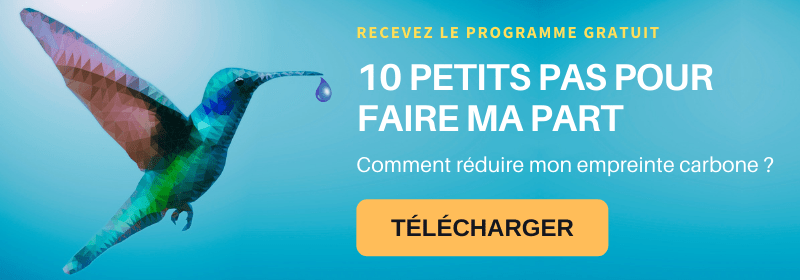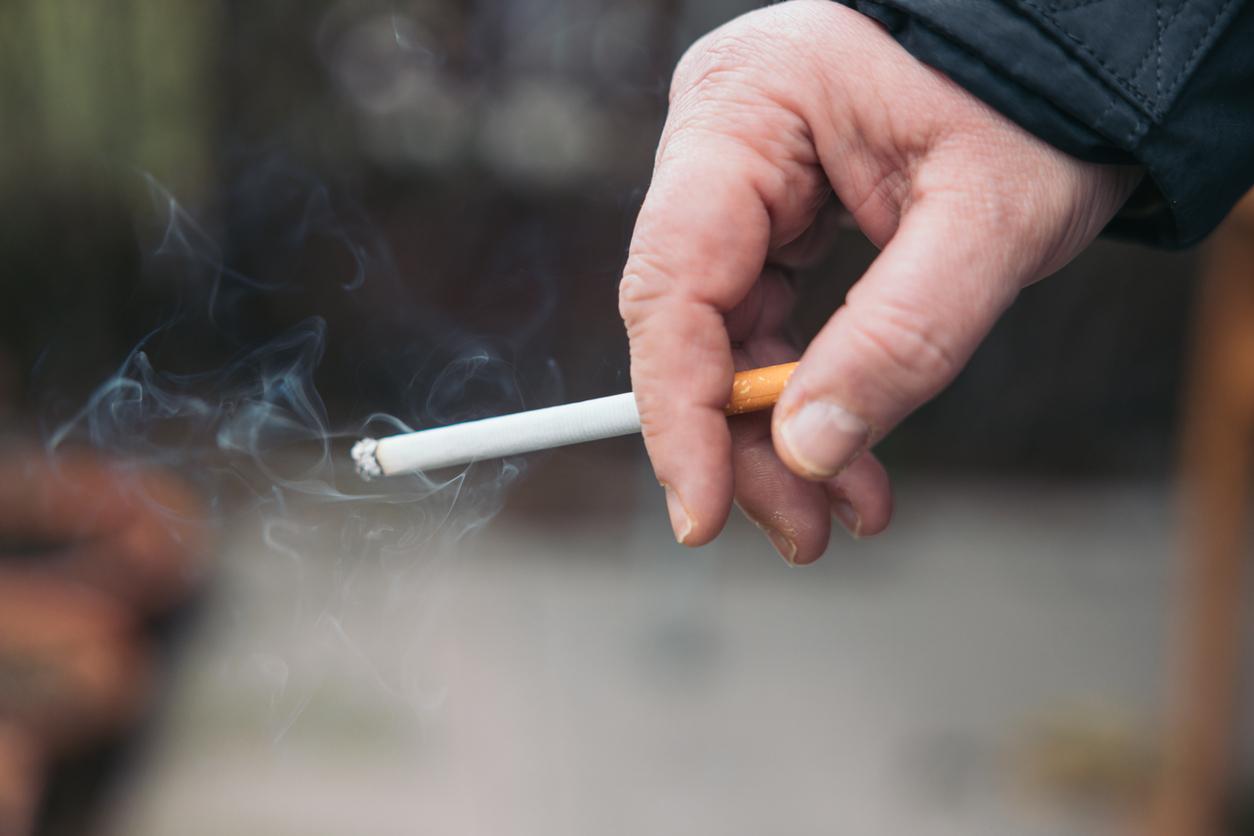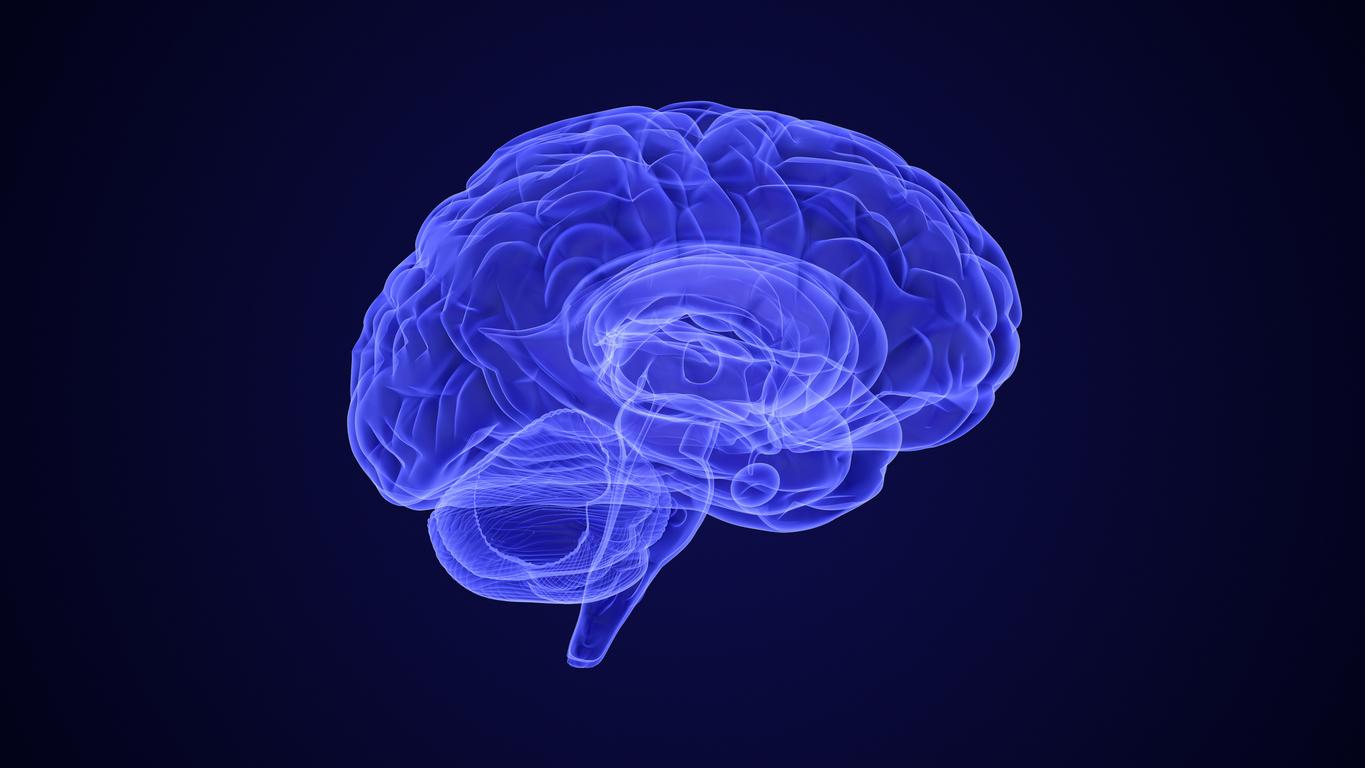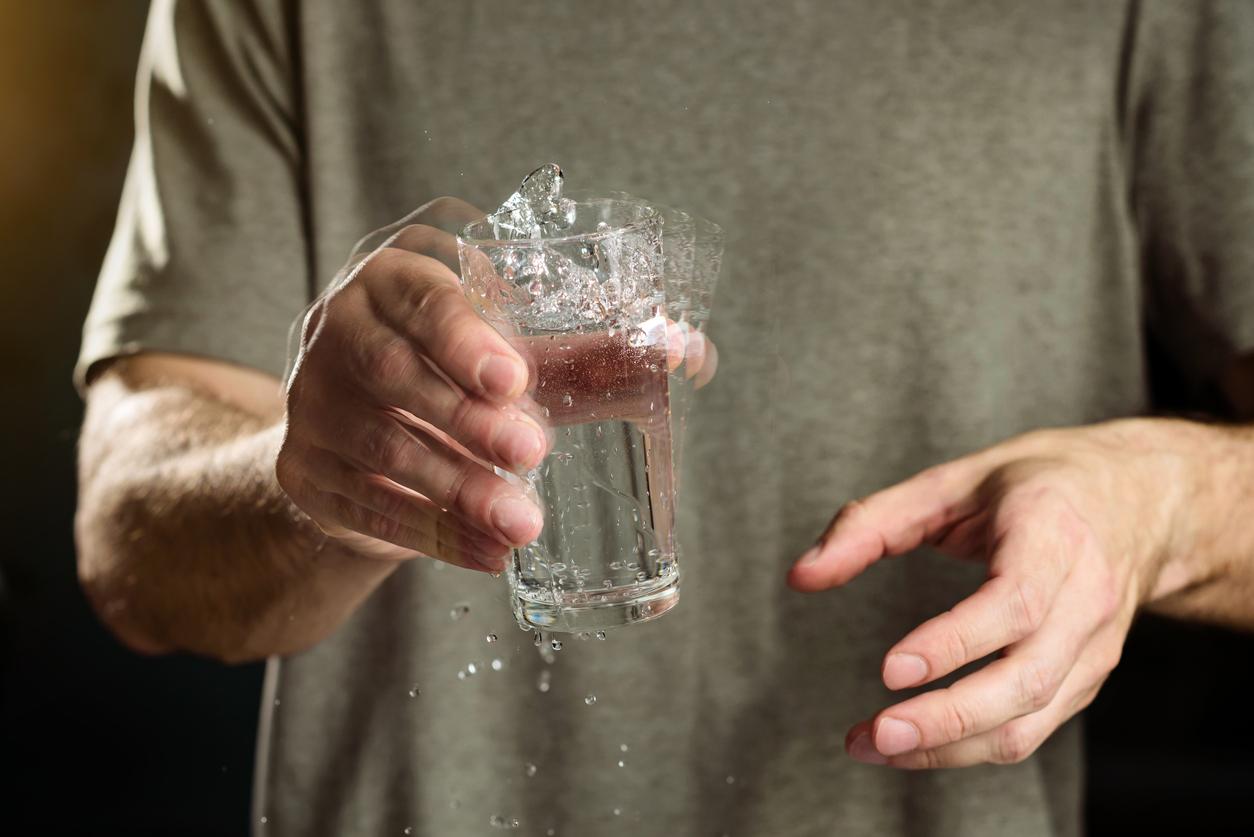In France, the Parkinson disease affects about 200,000 people. While cases are expected to double by 2040, too many misconceptions still circulate about the disease. Symptoms, treatments, everyday movements… We take stock of what you need to know… and what you need to forget.
First received idea probably the most shared: the Parkinson’s patients shiver. Certainly, but contrary to what too many people may still believe, Parkinson’s disease is not just a movement disorder. While it can indeed lead to tremors or stiffness, there are also non-motor symptoms of the condition. Sleep disorders, depression, cognitive disorders… Some symptoms can seriously impact mental health on a daily basis.
And yet, despite these disabling symptoms, it is also wrong to think that a patient with Parkinson’s can no longer leave home and cannot continue to work. Indeed, thanks to progress in medical care, more and more patients can continue to work thanks to appropriate treatment.
Don’t (above all) give up sport
They can even play sports, or at least adapted physical exercise. No instructions prohibit their practice: on the contrary, physical activity is essential to maintain the motor functions of patients. According to a study published in January 2023, the practice of gentle gymnastics would increase the cognitive capacities of the brain, in particular those responsible for planning, execution and movement control. However, be careful with sports that can cause a loss of balance, such as climbing for example.
Can patients with Parkinson’s continue to drive? If the question arises in certain cases, especially for Alzheimer’s patients or in advanced cases of Parkinson’s, many people can continue to drive. Indeed, the progression of the disease is slow and, with the help of certain equipment, driving continues to occur naturally.
Finally, what treatment for the sick? For many, drugs are the only effective treatment for Parkinson’s disease. A statement that is both true and false. Because while it is true that the disease cannot be cured, other solutions than drugs do exist, such as sports or semi-invasive procedures such as deep brain stimulation, which consists of implanting two electrodes in the brain connected to a stimulator placed under the skin and thus correcting the motor symptoms of the disease. A technique created at the Grenoble University Hospital, DBS could also work for other disabling neurological pathologies such as tremors or dystonias.
Source :
















